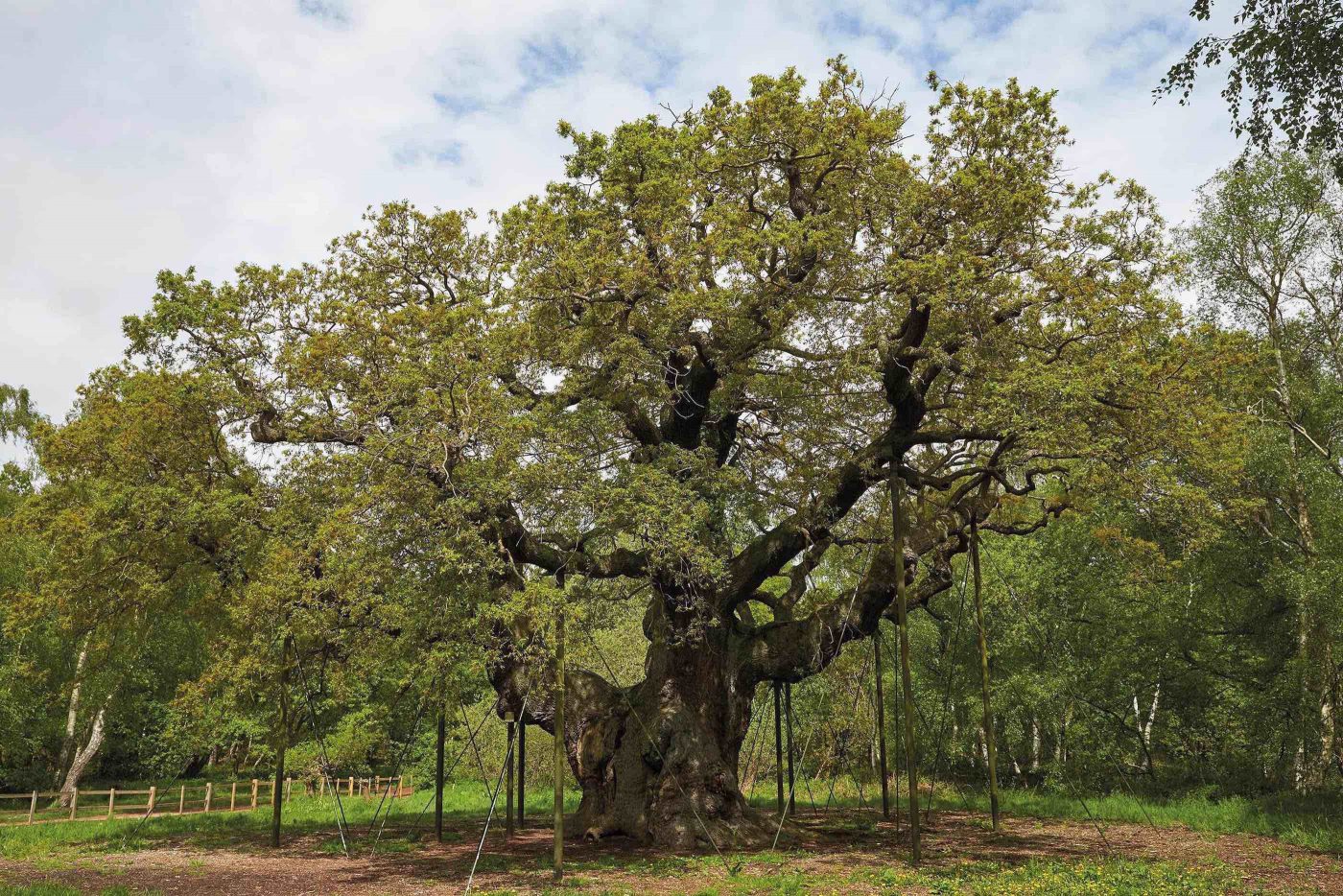The Oaks
If Robin Hood is one half of the Sherwood story, it’s the remarkable ancient oak trees which have stood proudly in the forest for centuries that complete it.
In all, there are almost 1,000 native sessile and pedunculate oaks which are each over 400 years old across this reserve and the wider landscape. Their presence makes Sherwood Forest one of the finest surviving examples of ancient oak woodland in the UK.
What makes Sherwood a forest?
This area has been wooded for centuries, and until about 1,000 years ago, Sherwood Forest covered 100,000 acres – almost a fifth of the county of Nottinghamshire.
The clearance of the woodland began as far back as the Roman occupation of Britain as farming took hold and the need for grazing land increased, cutting a swathe through the forest and opening up the grassland.
The Norman Conquest changed the use of Sherwood and other areas of woodland across England. By the 12th Century, the forest had become preserve of kings and nobles and was essentially an uncultivated area set aside for hunting ‘the beasts of the chase’.
The vast Royal Forest of Sherwood, which belonged to the monarchy for almost 600 years, would have been far less wooded – a few trees surrounded by grazing pasture and heathland was the ideal terrain for hunting.
Straddling the London to York road, Sherwood was not always ideal for travellers, however. It is thought that the woodlands presented a danger of being robbed by outlaws and bandits who hid among the trees, waiting for those risking the journey.
While it remains one of Europe’s largest collections of ancient oaks, it has been significantly depleted in the last 300 years.
Not only has land been cleared for farming, but whole generations of oaks were used to build everything from homes, barns and civic buildings, including St Mary’s Church in Edwinstowe, to Nelson’s naval fleet, and the roof of St Paul’s Cathedral.

The Major Oak – 10 metres in circumference at the bottom of the trunk, and with a canopy of 28 metres across.
Dead wood is dead good
What we have today in Sherwood Forest is an extremely rare habitat for wildlife – and it’s all due to decaying and dead wood of the ancient oaks.
The heartwood of the oaks breaks down during the tree’s long life and forms ‘tree soil’ or ‘red rot’ which provide the ideal conditions for saproxylic invertebrates. You can find out more about them here.
The work we do today is also crucial for the forest’s continued survival not just for years to come, but for centuries, if not millennia. You can read more about that here.